All Posts
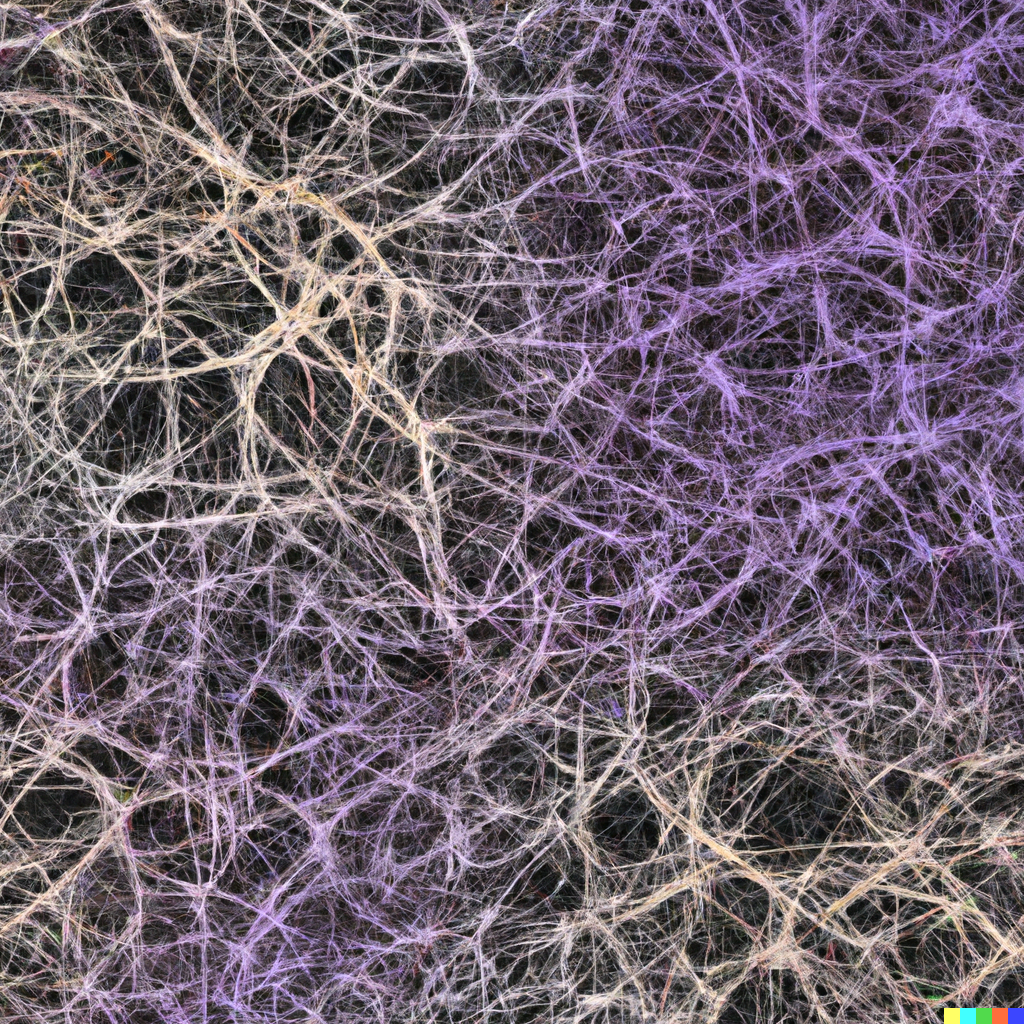
This post summarizes a public machine learning project I worked on in collaboration with Ilana Zane. In our search to better understand machine learning, we ended up building our machine learning framework modeled after TensorFlow, which we call Artifice. All of the code and instructions on how to download the software can be found here.
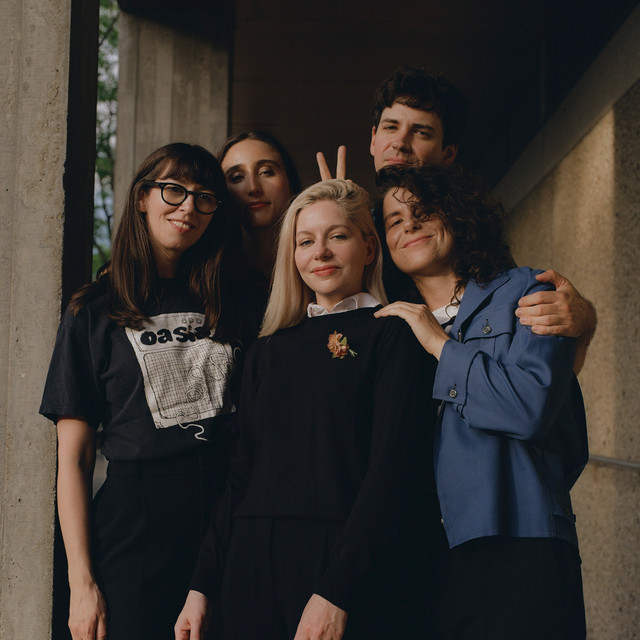
I have been absolutely obsessed with this band lately. Alvvays is the perfect love child of indie pop and 80’s rock, and would easily dominate the charts with more recognition. They have the incredible ability to consistantly put out good music across different albums, and I am hoping to showcase some of their music here in this post. I look forward to seeing where they end up in the future as they continue to evolve and find their style.
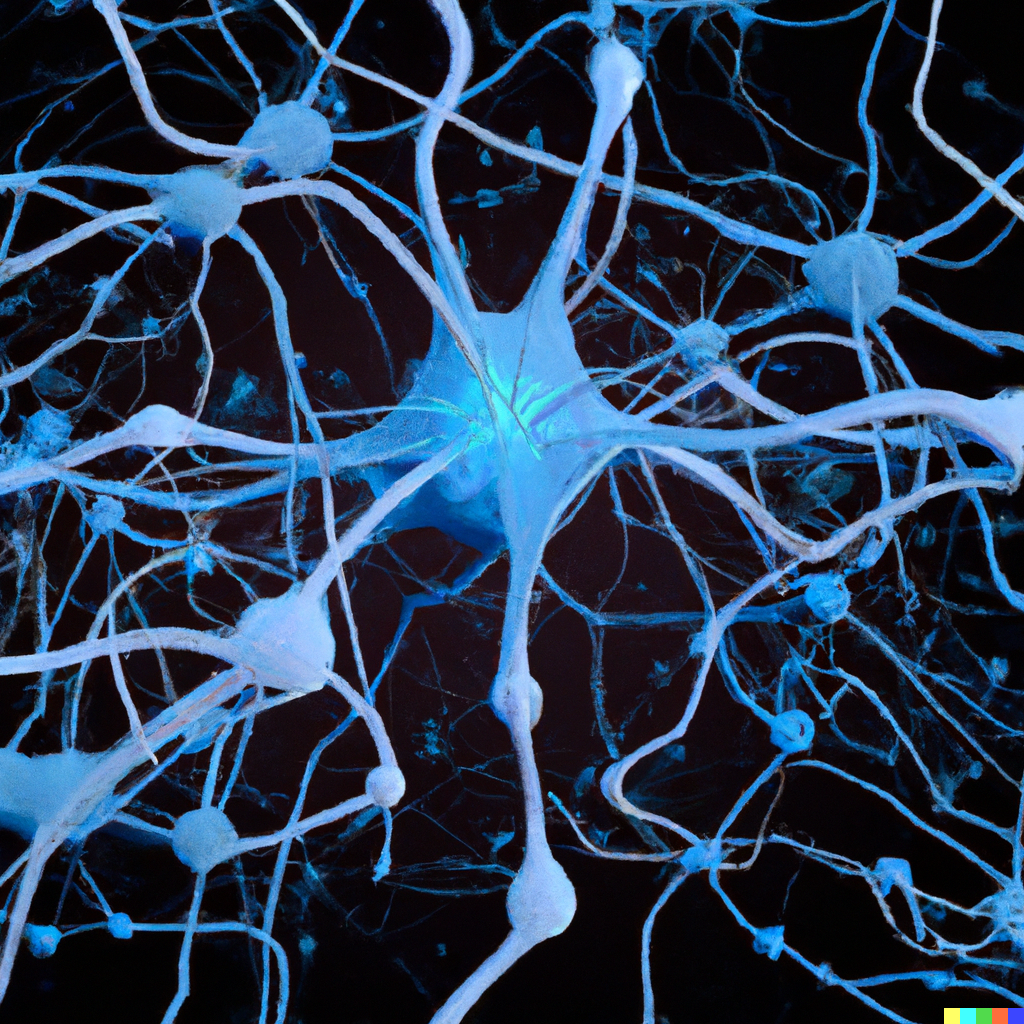
As artificial intelligence has gained more attention in the media recently with the recent releases of DALL-E and ChatGPT, more and more people seem to become entranced with the power of machine learning. As someone with a heavy background in physics and mathematics, I find it really amazing how all of these models mostly boil down to some clever linear algebra and calculus, barring the details about the data they’re trained on (for an interesting example of how training data can affect performance in machine learning, see my article on autoencoders). So I figured it would be an interesting exercise to dive into the mathematics of how machines can actually learn, primarily through neural networks, with the hopes of dymstifying machine learning for those inside and outside of the field. This article serves as a companion piece to a joint project I worked on with Ilana Zane called Artifice.
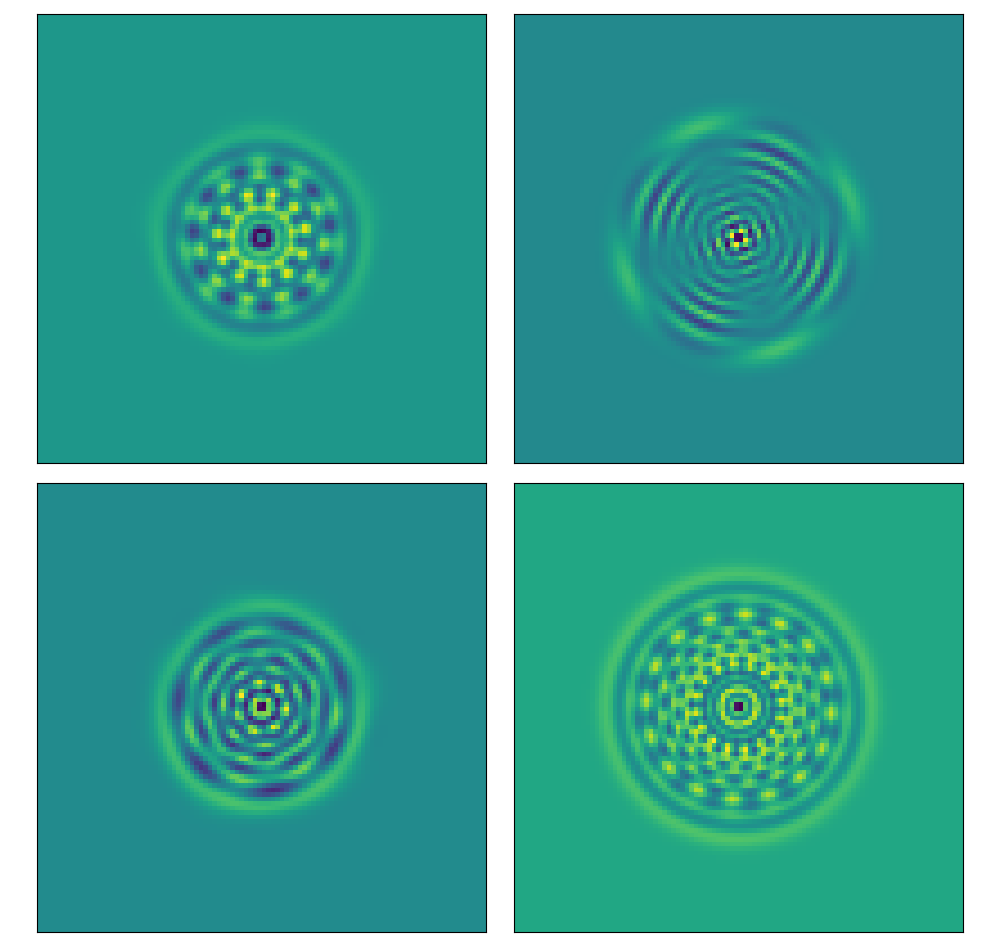
I recently just finished up my Master’s Degree in Physics at Stony Brook University and wanted to summarize some of the research I had done during my time there on Quantum State Tomography (QST). I don’t actually expect many people outside (or even inside for that matter) the field of physics to understand most of the technical details of QST, so the idea of this post is to make my work as accessible as possible to those who are interested in learning more. An in depth summary can be found in my Master’s Thesis, and all of the corresponding code for the project can be found on my Github.

Recently my girlfriend has been learning about autoencoders in a deep learning class she’s taking for her master’s degree and it’s caught my interest. I decided to try my hand at creating some pretty basic autoencoder architectures, utilizing the Keras architechture from Tensorflow in Python. All of the code for the project and generated figures can be found in the Fun_with_Autoencoders Jupyter Notebook located on my Github.

Sven Gamsky, better known as Still Woozy, has proven himself as an incredibly talented and compelling solo artist. His combination of smooth vocals and creative writing help to define a fresh and exciting sound that is hard to come by. While Gamsky has yet to produce a full studio album, his discography hosts an impressive list of indie and alternative hits that are slowly bringing him into the spotlight.
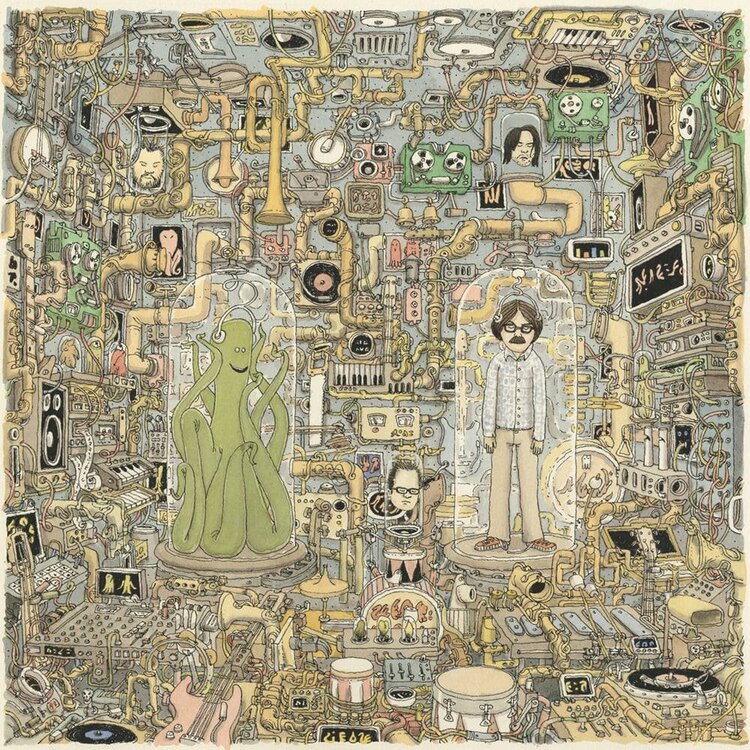
As a long-time Weezer fan and someone who grew up obsessing over the Blue Album and Pinkerton, I was very surprised with my first listen to their latest album, OK Human. You won’t hear any of the computers or even electric guitars associated with the sound they have crafted over the years. Instead you are met with stripped back instrumentals and a 38-piece orchestra — a bold move, yet one done surprisingly well. OK Human offers a whimsical take on the anxieties created from prolonged pandemic lifestyles, and while it may not have resemblance to a Weezer of the past, their experimentation leads to a well put-together album that once again breaks the stereotype of what it means for Weezer to be a modern-day rock band.

I’m probably not the only person plagued by bad social interactions, mini life crises, and questions of self doubt. I could dedicate this entire post to writing about my issues, but UPSAHL does it better in her latest EP, Young Life Crisis, released in October 2020. Twenty year old Taylor Upsahl was at home in Arizona during the pandemic when she came out with the album, and I’ve been addicted to it ever since. Her sound is edgy and dark; pop with elements of rock. Each song has a verifiably unique sound, but they all come together to pretty much summarize the issues that most twenty year olds can collectively understand.

On the 27th of March, 2019, the world lost two incredibly talented musicians. Stephen Fitzpatrick and Auden Laading were the brainchildren behind the indie sensation, Her’s, and were killed in a head-on car accident in Arizona while on tour for the release of their 2018 album, Invitation to Her’s. Their music never seemed to fall into a single genre, yet they continuously put out tracks that resonated both with their character and their audience. This post serves as a tribute to Fitzpatrick and Laading, and while their deaths meant the end of Her’s, their music and legacy will live on forever.

Robin Skinner, known better by his stage name Cavetown, is well on his way to becoming one of the biggest up and coming singer-songwriters of this decade. Being only 22 years old, Skinner’s latest album release, Sleepyhead, is already his 7th full studio album to date, and he shows no signs of slowing down. If you haven’t already heard of Cavetown, it’s time to get familiar.
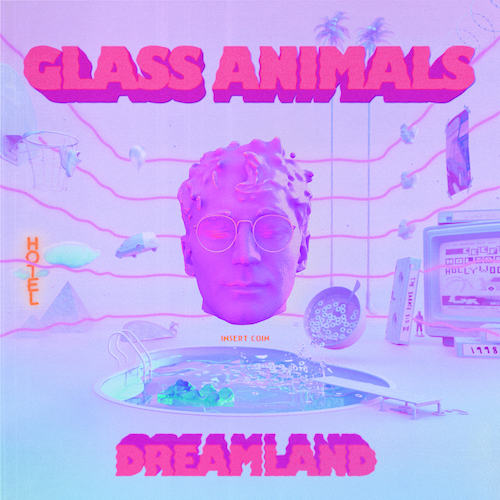
Whether or not you are familiar with Glass Animals and their music, their third studio album Dreamland is a must listen. Following up a concept album focused mainly around the stories of others in How to Be a Human Being (HTBAHB), Dreamland is in contrast completely focused around the past experiences of lead singer Dave Bailey. This album serves as a triumph of Glass Animals’ ability to adapt to some of the more mainstream genres of today, while still staying true to their usual sound that fans originally fell in love with. In a reality consumed by a global pandemic and other social issues, Dreamland provides us with a much needed escape.